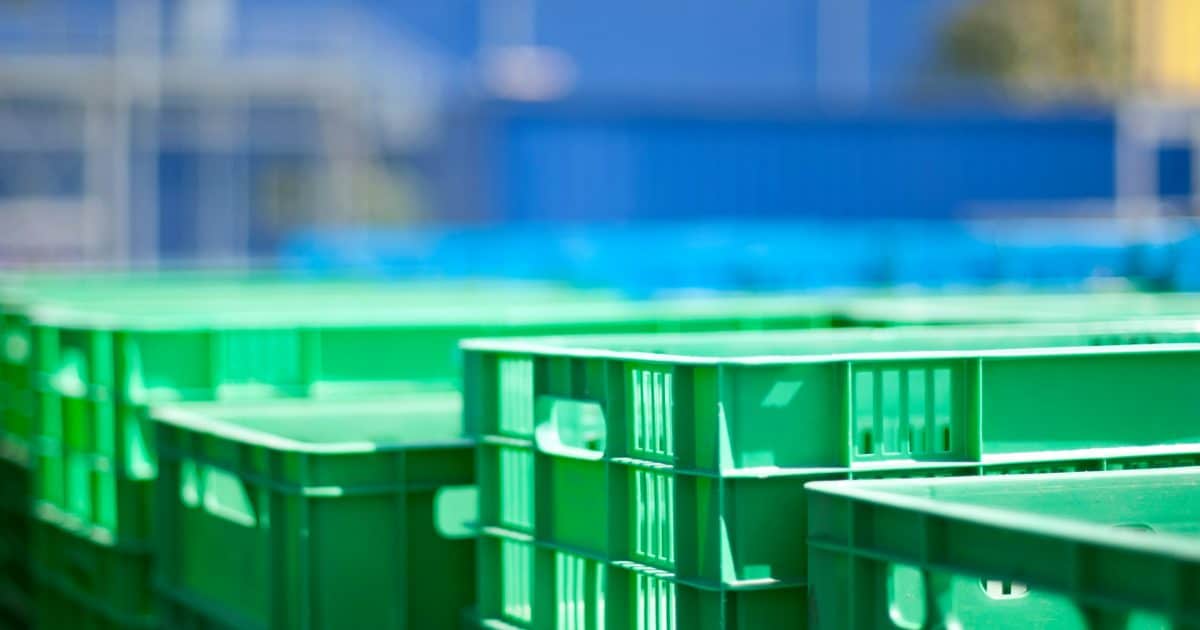
The coronavirus pandemic has clogged down several logistical options, making it more difficult to swiftly transport products to meet high customer demands. Efficiency has become more significant because the less number of trips it will take to transport a particular volume, the lower the transportation costs will be. However, cramming too many products to fit a single load can cause significant damages to the items. This is where unit load formation equipment factors in – it helps maintain product integrity when being handled during transportation and even in storage.
It’s easier to protect product quality if you only pack a small number of goods per shipment. The more you try to fit goods into a single unit, the higher the chances there will be of damages and theft. Minimizing the volume per unit also makes it less strenuous for transportation to pick up and carry the products as compared to larger loads with multiple packaging inside.
If you’re looking to increase unit efficiency, the following are some of the standard handling and storage equipment that you can use for different situations:
Pallets
Pallets are usually made from wood, paper, rubber, metal, or plastic materials. This platform is designed to have enough space beneath the top surface to allow the forklift to insert its fork and easily lift the items. Pallet sizes are typically specified by its depth, meaning the length of its stringers or stringer board, and its width, pertaining to the length of its deck boards. The standard measurement of a pallet is at 1200 (depth) x 800 (width).
Slipsheets
A slipsheet is a thick piece of paper, plastic, or corrugated fiber upon which a specific load is placed. Slipsheets are usually used instead of pallets for long-distance transportation due to their significantly lower costs (a slipsheet costs only 10-30% of a standard pallet) and dimensions (a slipsheet’s weight and volume register at 1-5% of the regular pallet measurements).
Despite the lower costs of slipsheets, some businesses still prefer pallets because they are handled much faster than slipsheets. You need a special push-pill lift truck attachment to effectively handle slipsheets, while any forklift can transport pallets. Slipsheets are also more prone to load damages within the facility, making it an unfavorable option for fragile cargo.
Skids
A skid is a platform that is usually metallic in nature and possesses enough clearance beneath its top surface to allow a platform truck to move underneath it and lift it. Since skids allow a greater than pallets, forks can also be used to handle them.
Skids are often used for heavier loads that do not need stacking. A skid can carry heavier loads than a metal pallet of equal weight because it allows a platform truck to be used for the lifting as opposed to the pallet which can only enable fork support.
Tote Pans
Tote pans are reusable containers, made up of plastic or metal, used to unitize and protect loose products. While normally used for in-process handling, tote pans can also be utilized for distribution purposes. They are the preferred alternative to cartons for items that need to be protected from rough handling.
Cartons
Cartons are the most common disposable containers used for distribution. They come in varying sizes and dimensions depending on the products involved and are always easy to move due to being extremely light. Cartons are usually moved on a pallet and transferred to vehicles using forklifts, and are ideal options for stacking because of their flat surface.
Bins, Baskets, and Racks
Like tote pans and cartons, these three tools are storage equipment options specifically utilized for storing loose items inside the warehouse. Bins, baskets, and racks are usually used to handle loose products before being transferred to larger equipment such as pallets and skids for distribution.
Bags
Bags are disposable containers used to unitize and safeguard bulk materials, normally for distribution purposes. Bags can vary in materials and style depending on the usage. There are polymerized plastic bags available for lightweight requirements, and there are also heavy weight designs for thicker volumes.
Bags are normally packed together in a bigger container, such as a carton or pallet so that they can be stacked for better storage organization.
Crates
Crates are the preferred storage containers for larger items and higher volumes. Since crates are usually made of wood, they are more durable and can better protect products from handling damages both inside the warehouse and during transportation.
A Final Word on Unit Load Formation Equipment
It is important to understand unit load formation to maximize the number of items being handled in a single trip while also making sure the products are properly protected. The reduction in handling costs, loading and unloading times, and potential item damages can significantly improve warehouse operations and logistical efficiency.
If you’re looking for a reputable source of high-quality handling equipment, get in touch with Wholesale Industrial Parts today. We stock a wide variety of material handling parts of all makes and models, and we will happily assist you with any concerns regarding handling equipment.
(Reference: NCSU.edu)
